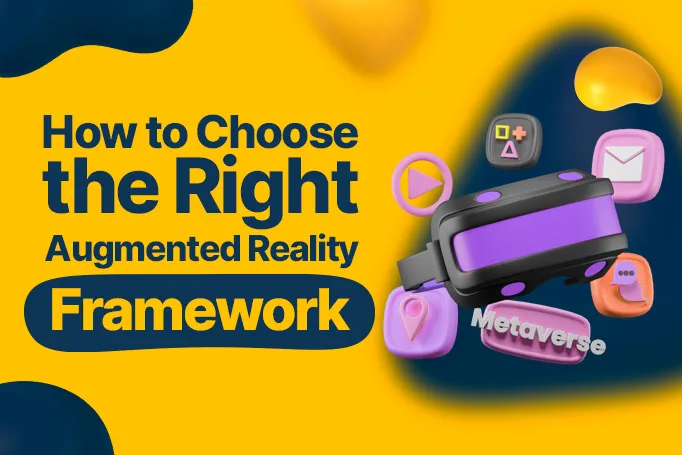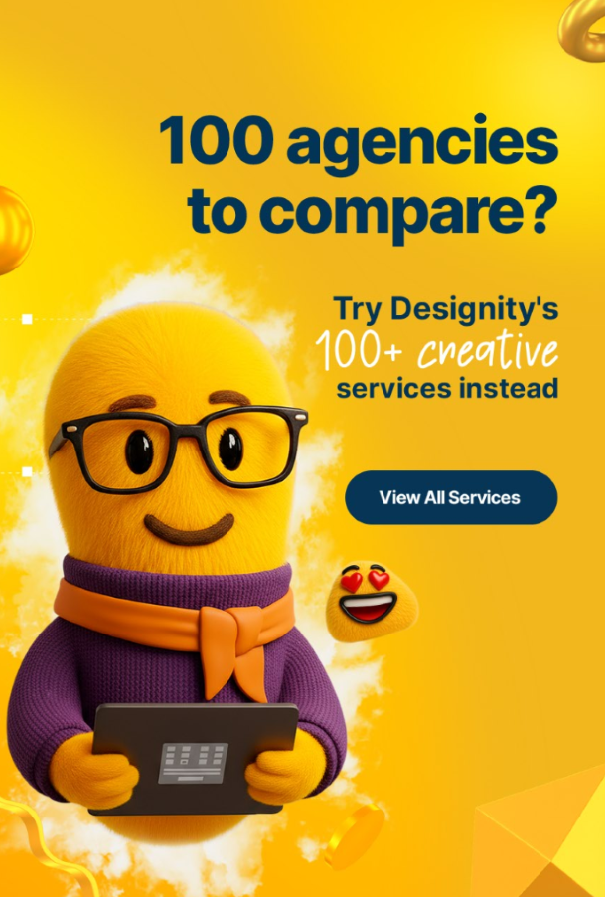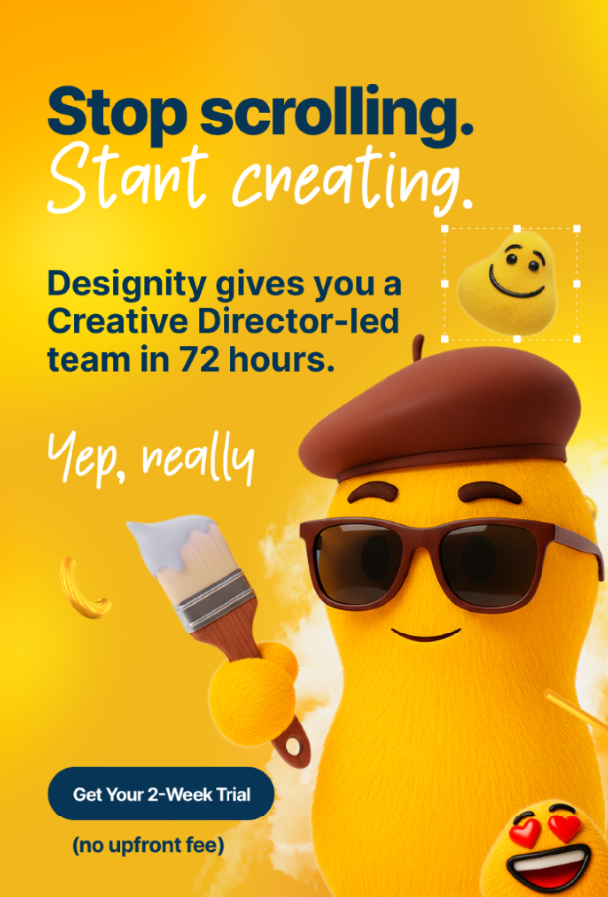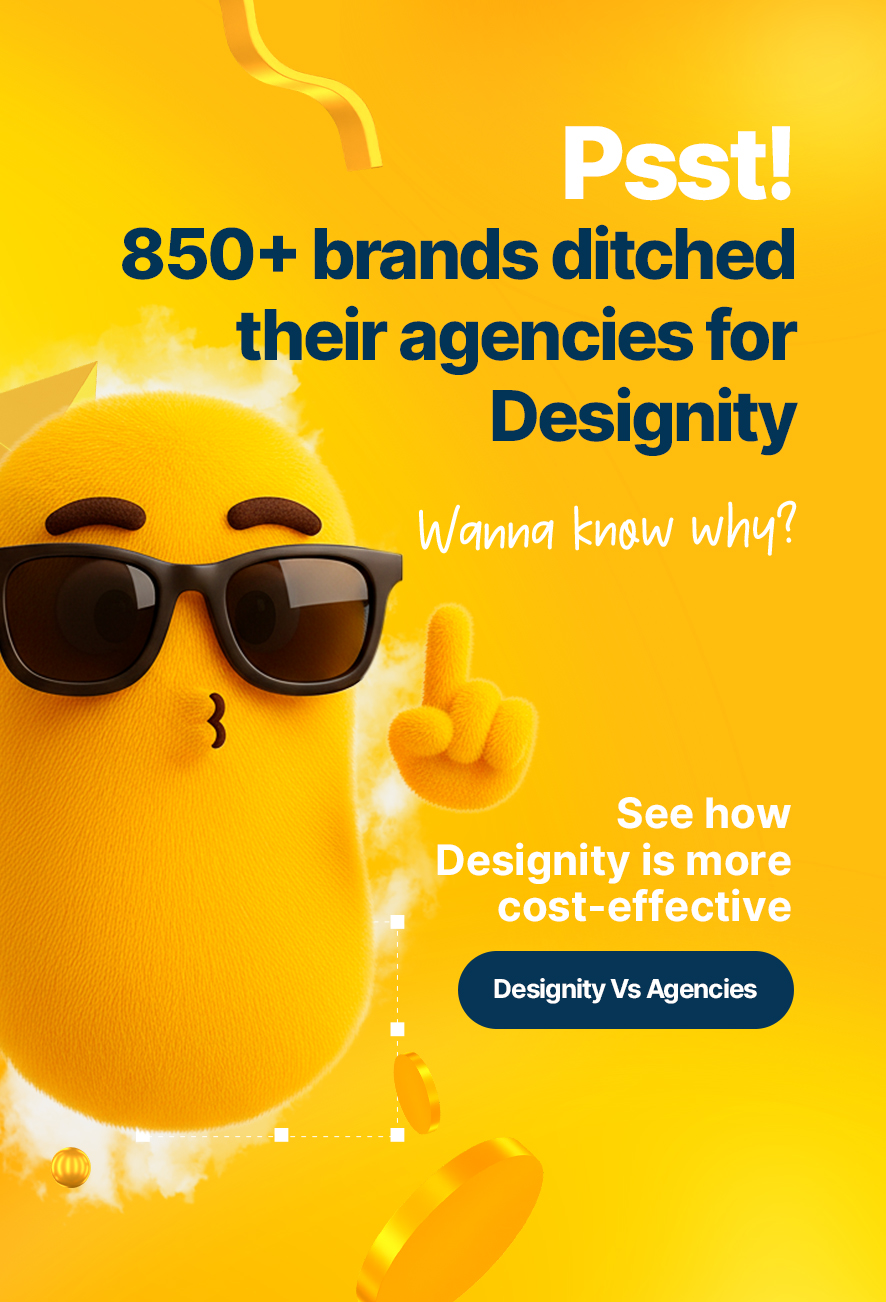It’s the nature of marketing to want to be more innovative than the next guy; to have better tech, new products, more engaging content, and the ability to deliver experiences your audience just can’t get anywhere else.
We get it.
And we’ve noticed that, in this race for innovation and “the next new thing,” technology often seems to be the differentiator that helps brands stand out the most.
Augmented Reality (AR) has emerged as a fresh and popular option, offering brands the ability to blend digital elements with the real world in new and exciting ways.
From interactive billboards to immersive product demos, AR is making it possible for brands to transform what was once routine into a new and memorable experience for their audience.
And if your brand wants to get in on the action and start delivering these memorable experiences for your audience, then we're here to help you do it.
Augmented reality frameworks are the backbone of an AR experience and with the right one, your brand can start designing campaigns and experiences that not only capture attention but engage your users like never before!
But how do you know which is the right framework to get started?
Let’s dive in now.
What is an Augmented Reality Framework?
An augmented reality framework is an AR software library that provides developers with the tools, assets, and guidelines they need to create immersive augmented reality experiences.
The frameworks are capable of handling complex tasks like 3D rendering, environmental understanding, and interaction tracking, making it much easier and more efficient for developers to integrate AR features into their applications.
The Most Popular AR Frameworks to Choose From
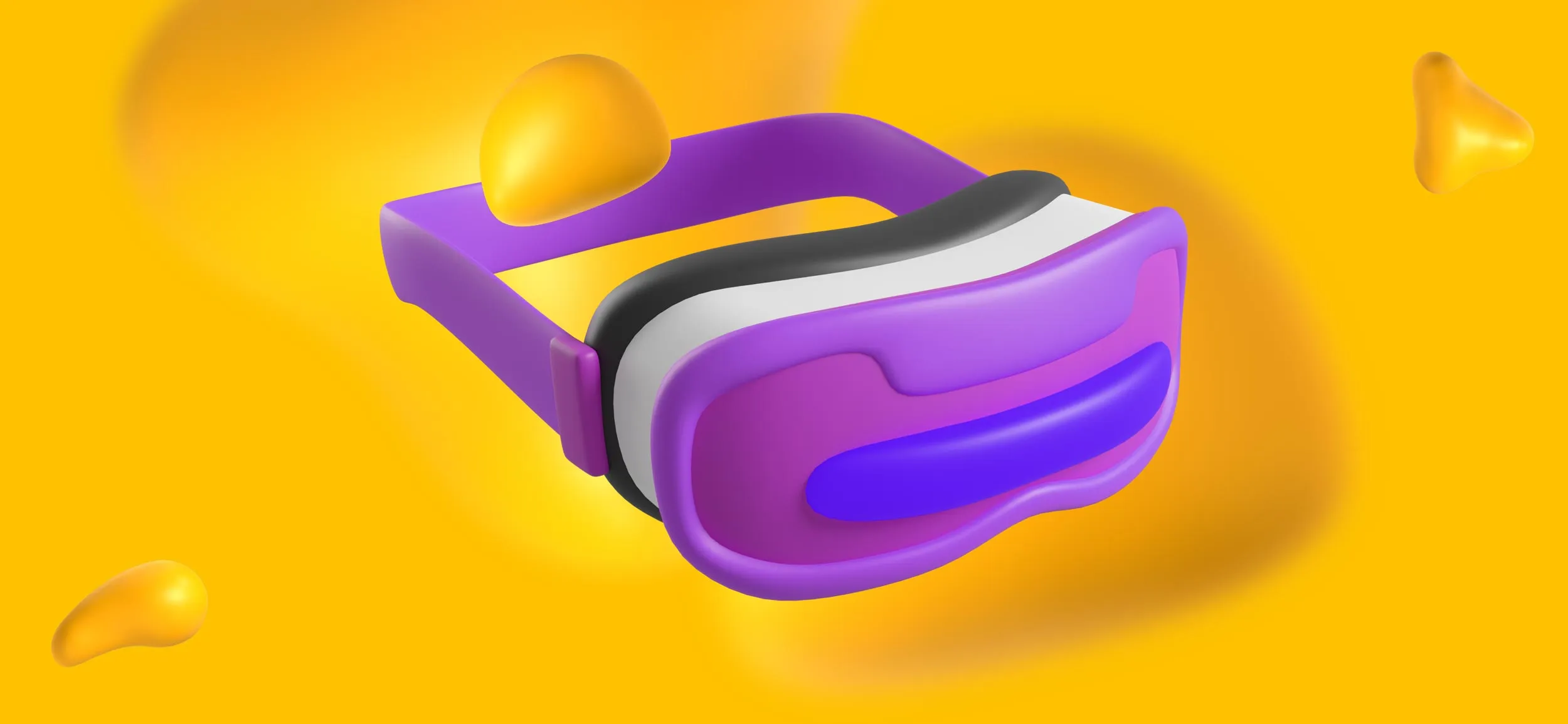
But not all augmented reality frameworks are created equally.
The following is a list of some of the most popular AR development platforms and frameworks available. Each has different capabilities and features, so be sure to do your research to find the one that best fits your brand's goals and your audience’s preferences.
ARKit
ARKit is a popular augmented reality framework developed by Apple and designed exclusively for iOS devices.
Whether your customers are tapping in via iPhone or iPad, ARKit can help you open up a world of new and immersive experiences.
About ARKit
Details at a Glance
- Compatibility — iOS
- Hardware Required — Requires A9 chip or newer. Essentially, if your device runs iOS 11 or above, you're all set.
- Skills Needed — A solid grasp of Swift or Objective-C.
Features
- Face Tracking & Motion Capture — Bring digital characters to life or capture human movement with accuracy.
- Environmental Understanding — ARKit doesn't just place digital objects anywhere — it assesses the room to make sure that the virtual objects sit perfectly on your tables, your floors, and anywhere else you want to put them.
- Image Detection — Transform posters, art, and signs into interactive AR portals.
Support Available
Apple makes sure any developers using ARKit have access to the resources they need. ARKit is extensively documented and has an active community forum to make sure you’re never alone on your AR journey and have all the experts you need for troubleshooting, questions, and support.
ARCore
ARCore by Google, is a widely used augmented reality platform and framework designed to give you all you need to build AR experiences that blend the virtual world with your physical one.
It’s an equal opportunist as well, available for both Apple and Android users..
About ARCore
Details at a Glance
- Compatibility — Android and iOS
- Hardware Required — This varies by device, but, for the most part, Android devices running version 7.0 (Nougat) and above will be compatible. For iOS devices, you’ll need to be running iOS 11.0 or later.
- Skills Needed — Proficiency in Java/Kotlin for Android and Swift or Objective-C for iOS.
Features
- Environmental Understanding — ARCore has the ability to detect horizontal surfaces and estimate ambient lighting to realistically place and illuminate virtual objects.
- Motion Tracking — Using the phone's camera, users can watch feature points in the room and accurately track the device's movement.
- Multi-user Experiences — ARCore supports shared AR experiences across Android and iOS through the Cloud Anchor, which allows users to interact in the same augmented environment.
Support Available
Google provides plenty of resources for ARCore developers, including detailed documentation, sample projects, and an active developer community.
This should give developers plenty of places to get their questions and concerns addressed.
Unity

If you’re looking to develop an augmented reality video game, then Unity may be your answer. It’s an extremely powerful AR framework, capable of creating both 2D and 3D games for a wide range of devices.
Unity's AR development platform is the go-to for those looking to create immersive experiences that captivate anyone using mobile AR apps, desktops, or AR glasses .
About Unity
Details at a Glance
- Compatibility — If you’re looking for a broad audience, this is for you. Unity is available for iOS, Android, Windows, and macOS.
- Hardware Required — Largely depends on the platform and the complexity of the game in question but most modern smartphones and computers are supported.
- Skills Needed — A strong understanding of C# plus some familiarity with Unity's development environment.
Features
- Environmental Understanding and Motion Tracking — By using the power of both ARKit and ARCore, Unity gives developers the ability to create AR experiences that accurately map digital objects to the physical world. This includes recognizing surfaces and tracking the movement of the device for a seamless blend of virtual and real-life gameplay.
- Interactive AR Experiences — Unity’s physics engine and real-time rendering can bring virtual objects to life in more believable ways and create an immersive experience where digital elements behave as if they were truly part of your surroundings.
- Collaborative AR Sessions — Unity’s networking features support the development of apps with shared AR spaces. Through integration with technologies like ARCore’s Cloud Anchors, Unity makes it possible for users on both Android and iOS devices to enjoy the same AR content together, in real time, no matter where they are.
Support Available
Unity has a massive, active community of both developers and creators. Extensive documentation, forums, and tutorials are available, covering everything from basic introductions to advanced AR development techniques.
Unity also offers official training and certification programs to help developers hone their skills and advance their careers.
Vuforia
Vuforia is a widely used framework option, known for its powerful image and object recognition capabilities, and can be used for everything from simple informational overlays to complex, interactive 3D experiences.
About Vuforia
Details at a Glance
- Compatibility — Vuforia offers multi-platform functionality, including iOS, Android, and Universal Windows Platform (UWP).
- Hardware Required — Varies based on individual device, but Vuforia works with a wide range of smartphones and tablets, using their cameras to create AR experiences.
- Skills Needed — Familiarity with C# or Java, plus an understanding of Vuforia's SDK and Unity.
Features
- Image Recognition — Vuforia excels at recognizing images and objects, allowing developers to accurately overlay digital content on top of them.
- 3D Object Tracking — Vuforia can go beyond simple images, identifying and tracking 3D objects in the real world. Ideal for more complex apps that need to interact with everyday items in detailed ways.
- VuMarks Design — Create custom-designed markers that are not only visually appealing but carry encoded data to mix your brand's style with interactive AR features.
- Multi-Platform AR Experiences — Vuforia's wide support means you can make AR apps for almost any smartphone or tablet, reaching a huge audience no matter their AR device.
- Smart Terrain — Smart Terrain maps out an environment, placing digital objects in a way that realistically make them seem part of the user’s surroundings for a more immersive AR experience.
Support Available
Vuforia offers plenty of resources for developers. From detailed documentation and developer guides to a community forum where questions can be shared and solved collaboratively, you can count on help always being on hand.
There are also several tutorials and examples available to walk developers through the process, from basic setups to advanced functionalities.
WebXR API
WebXR API is an advanced web-based augmented reality and virtual reality (VR) framework, which allows for immersive experiences via web browser.
This technology is valuable for bringing AR/VR capabilities to internet users without needing specialized apps or mobile devices.
About WebXR API
Details at a Glance
- Compatibility — WebXR API is a cross-platform AR tool, supporting a variety of WebXR-compliant devices including smartphones, tablets, and head-mounted displays.
- Hardware Required — Hardware requirements are dependent on both the complexity of the AR/VR experience and the device itself, but most modern smartphones and computers with up-to-date browsers can run WebXR content.
- Skills Needed — Experience with JavaScript, HTML, and WebGL for more complex 3D content, plus familiarity with the WebXR API and its integration into web development workflows.
Features
- Immersive AR and VR Experiences — WebXR API allows for both augmented and virtual reality experiences that can be accessed through a web browser.
- Device Motion and Input Tracking — Capable of tracking the motion of the device and inputs from controllers for interactive user experiences directly in the browser.
- Spatial Information — WebXR provides spatial information, differentiating between position and orientation of the device or the user's viewpoint for more realistic placement of digital objects in the environment.
- Cross-Platform Accessibility — Being a web standard, WebXR lets users access AR/VR content regardless of their device, as long as they have a compatible browser.
- Integration with Existing Web Technologies — WebXR works with other web technologies, allowing developers to use existing web development skills and tools to create immersive experiences.
Support Available
The WebXR API is backed by extensive developer resources, including tutorials, code samples, demonstration projects, and consistently updated documentation to provide guidance on everything from basic implementation to advanced feature integration.
It also has an active community with forums, discussion groups, and online meetups where developers can exchange both their ideas and solutions.
Microsoft Mixed Reality Toolkit (MRTK)
The Microsoft Mixed Reality Toolkit (MRTK) is a comprehensive collection of tools and resources designed to assist with the development of mixed reality (MR) apps.
Ideal for creating immersive experiences for a wide variety of MR devices, including HoloLens and immersive headsets.
About Microsoft Mixed Reality Toolkit
Details at a Glance
- Compatibility — MRTK supports development for Windows Mixed Reality, HoloLens, and platforms like Oculus and HTC Vive.
- Hardware Required — Hardware requirements vary by device, ranging from the HoloLens to VR headsets. Generally, a Windows 10 PC capable of running the latest version of Unity is required.
- Skills Needed — Solid understanding of C# and some experience with Unity. Being familiar with mixed reality concepts and the MRTK documentation also helps the development process.
Features
- Unified MR Development — MRTK offers tools for both augmented and virtual reality experiences.
- Gesture and Voice Control — Supports gesture and voice commands to allow users to interact with digital content in an intuitive way.
- Spatial Awareness and Mapping — MRTK provides detailed spatial information, including the layout and contours of the environment to allow for accurate placement of holograms and other digital objects.
- Cross-Device Functionality — MRTK's design is compatible with HoloLens, VR headsets, or AR-enabled smartphones.
- Unity Integration — MRTK integrates with Unity, to allow developers the use of both Unity and MRTK features and capabilities to streamline development.
Support Available
The Microsoft Mixed Reality Toolkit is backed by a huge collection of documentation, tutorials, support forums, and examples designed to guide developers through every stage of the development process.
The MRTK GitHub repository is another invaluable resource, with an active community where developers can share insights, ask questions, and collaborate on projects.
How to Choose the Right Augmented Reality Framework for You

So, which one of those frameworks is right for you?
Before you make your choice, weigh your options against each individual frameworks unique features and uses by following the steps below:
1. Define Your Goals
What is the primary objective of your AR app?
Is it to increase brand engagement? Provide educational content, entertain your followers, promote your products?
Whatever it is, consider how AR technology can better help you reach your goals compared to other technology out there, then decide what success will look like to you and the metrics that you’ll be using to determine it.
2. Understand Your Audience’s Needs
Before you start creating your AR experiences, build out detailed customer persons to help you get a solid grasp on what your audience wants and needs.
A detailed user persona will give you more insight into a section of your target audience and things like their demographics, points of resistance, pain points, preferred platforms, interests, and how they’ll be most likely to use your AR (shopping, gaming, education).
3. Evaluate Each Framework’s Features
With a solid grasp of your goals and your audience’s needs, the next step will be to sit down and do your research.
Compare the technical capabilities of each framework weighed against what you need (i.e., 3D object recognition, environmental understanding, movement tracking, etc.).
Consider each framework’s unique features and the available tools and support to see which would best fit you and your audience’s needs.
4. Take Stock of Your Resources
Do you have anyone on your team with expertise in AR development or at least some familiarity with specific frameworks?
If not, that’s an extra hire you’ll have to make. Make sure you have plenty of budget for both the initial development, the salaries for developers, and ongoing maintenance of the AR app.
5. Test for Compatibility
Once you choose a framework, make sure that it supports the devices and the OS your audience spends the most time on.
Test its performance on those different devices too, checking carefully for factors like speed, responsiveness, and the quality of the AR experience. Before you go all in, take a moment to plan ahead and research that particular framework’s track record for updates and the kind of customer support it has for new devices.
You don’t want to get stuck with something that is going to work great now and then bring you nothing but headaches down the line.
6. Check for Scalability
While we’re on the subject of looking to the future, be sure that this framework is something that can grow with you.
Will it be able to handle more users as your audience expands? Will the AR experiences hold up? Does it seem like updates happen at a regular frequency?
Knowing this will help you really decide if this is the right framework to one successful AR campaign after another.
<div class="c-blog_comp-cta cc-component-1"><div class="c-blog_comp-cta-left"><div class="c-blog_comp-cta-left-wrap"><img src="https://global-uploads.webflow.com/61cdf3c5e0b8155f19e0105b/6369722e59155470b6840033_Potential-clients.png" loading="lazy" alt="" class="c-blog_comp-cta-left-img"></div></div><div class="c-blog_comp-cta-right"><div class="c-blog_comp-content"><div class="c-text-wrapper cc-mb-32"><div class="c-title-4 cc-bold"><strong>Want to save money without sacrificing the quality?</strong></div></div><div class="c-text-wrapper"><div class="c-text-2">Say goodbye to traditional, expensive agencies and unreliable marketplaces. Say hello to Designity.<br></div></div></div><div class="c-blog_comp-wrapper"><a href="/pricing" target="_blank" class="c-button cc-primary cc-inverted w-button"><strong>Get Your 2-Week Trial</strong></a></div></div></div>
Need Some Help with That?
If you’re reading over this and deciding that developing AR experiences, even with the best framework for your brand, is still a big job, then …well, you’re right.
It is a big job. But if you want to invest in creating these experiences for your employees and your customers, then you don’t need to let that deter you.
Integrating AR into your product development or marketing strategies can have numerous benefits to help you differentiate your brand, amplify your awareness, and create memorable experiences for potential and current customers.
And if all you need is guidance, someone to source talented developers, and someone to make sure that your marketing strategies are cohesive and wildly successful, then we have a solution for you.
Partner with Designity.
Designity provides you with a designated Creative Director, a single point of contact that will source your development talent, design your campaigns, and make sure it’s all completed according to your timeline.
Why not book a demo call today and see how Designity can help you fit AR into your product development and marketing strategies?
Are you ready to design your next unforgettable AR experience?
